Katherine Johnson, pioneering NASA mathematician of 'Hidden Figures' fame, dies at 101
Katherine Johnson, whose career making vital calculations for NASA was immortalized in the 2016 book and movie "Hidden Figures," has died at 101.
Johnson joined what was then called the National Advisory Committee for Aeronautics in 1953 as a so-called human computer at the agency's Langley, Virginia, office. The office was still segregated when she joined, and she worked with other black mathematicians in the West Area Computing section. The agency became NASA in 1958, and Johnson remained at the agency until she retired, in 1986.
NASA Administrator Jim Bridenstine announced her death today (Feb. 24) and said it occurred earlier in the morning. "Ms. Johnson helped our nation enlarge the frontiers of space even as she made huge strides that also opened doors for women and people of color in the universal human quest to explore space," he said in a statement. "Her dedication and skill as a mathematician helped put humans on the moon."
Video: NASA remembers icon Katherine Johnson
More: NASA's real 'Hidden Figures' of space history
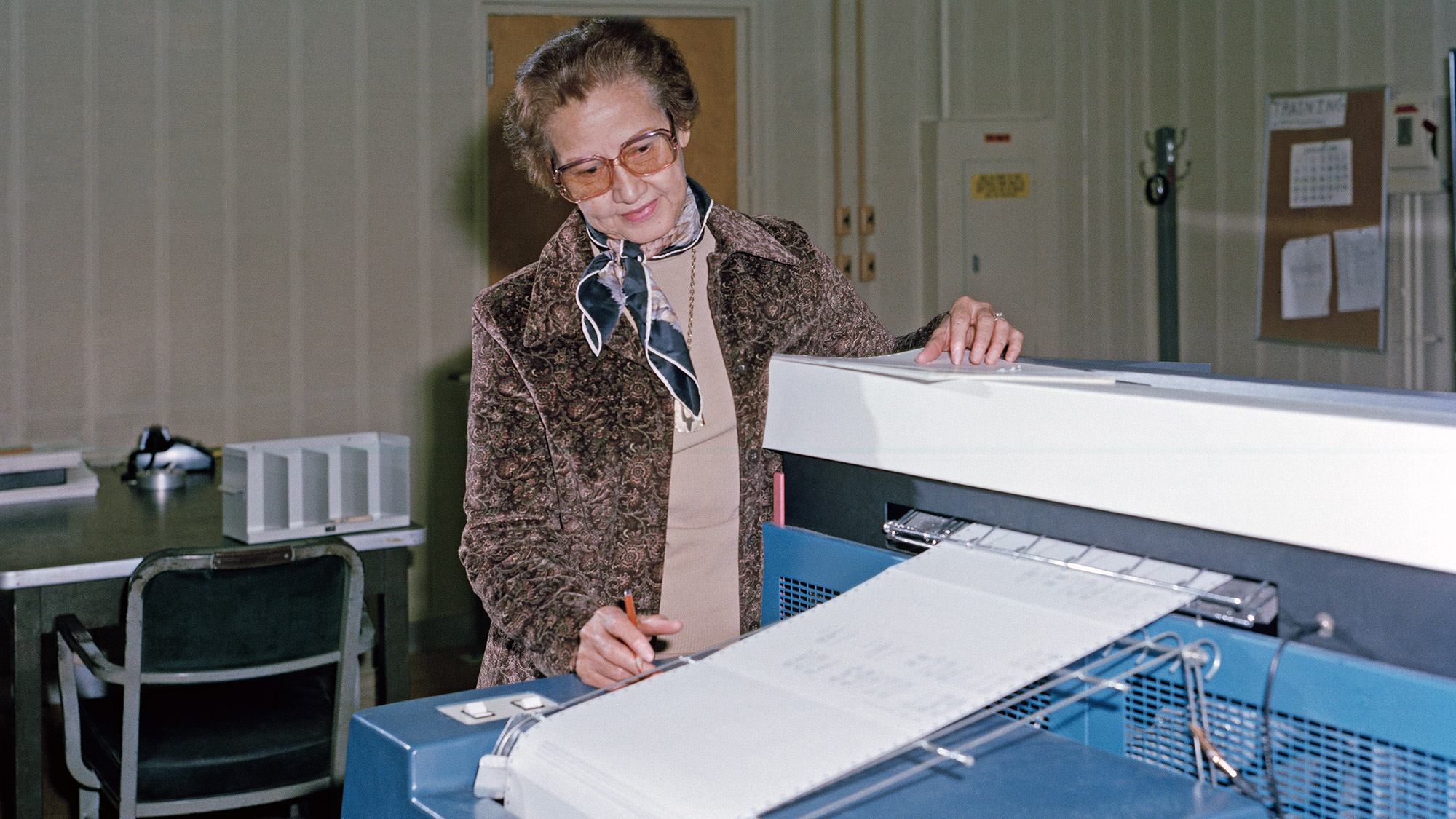
Mathematician Katherine Johnson at work at NASA's Langley Research Center in 1980.
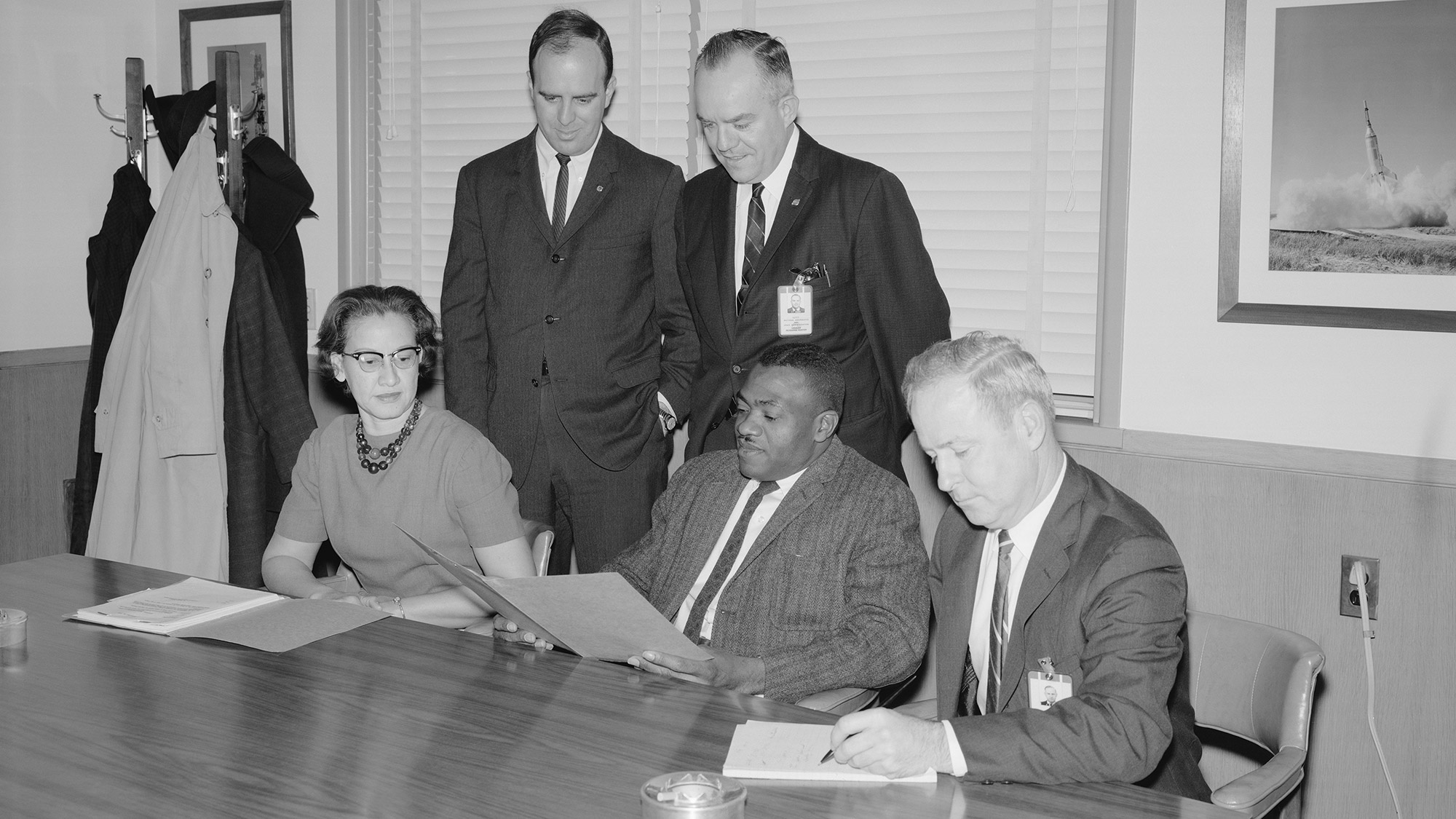
Katherine Johnson and four colleagues review Langley's Affirmative Action Program in 1965.
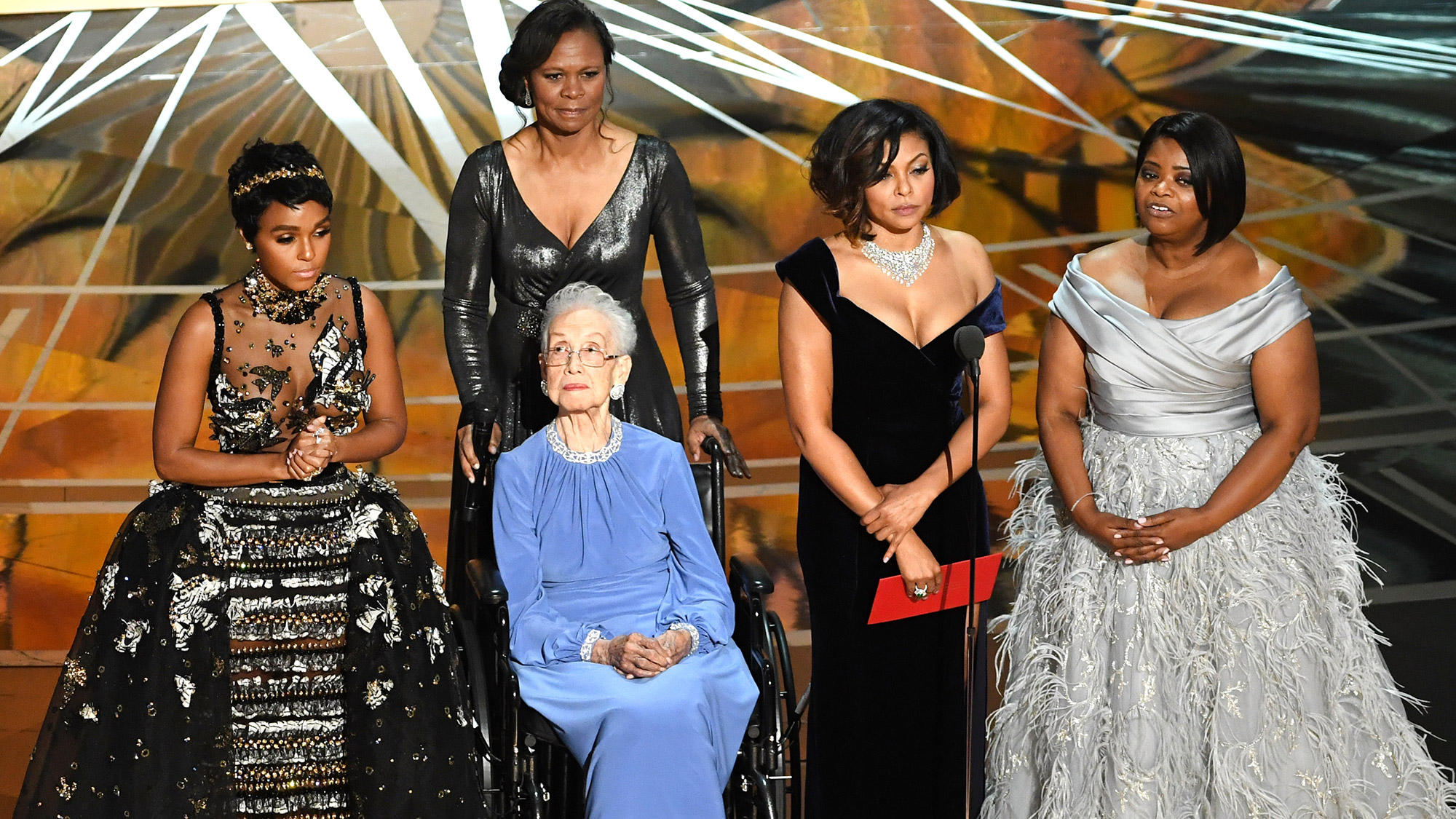
Katherine Johnson appeared at the 2017 Oscars ceremony with three actresses from the film "Hidden Figures" (Janelle Monae, Taraji P. Henson and Octavia Spencer) escorted by NASA astronaut Yvonne Cagle.
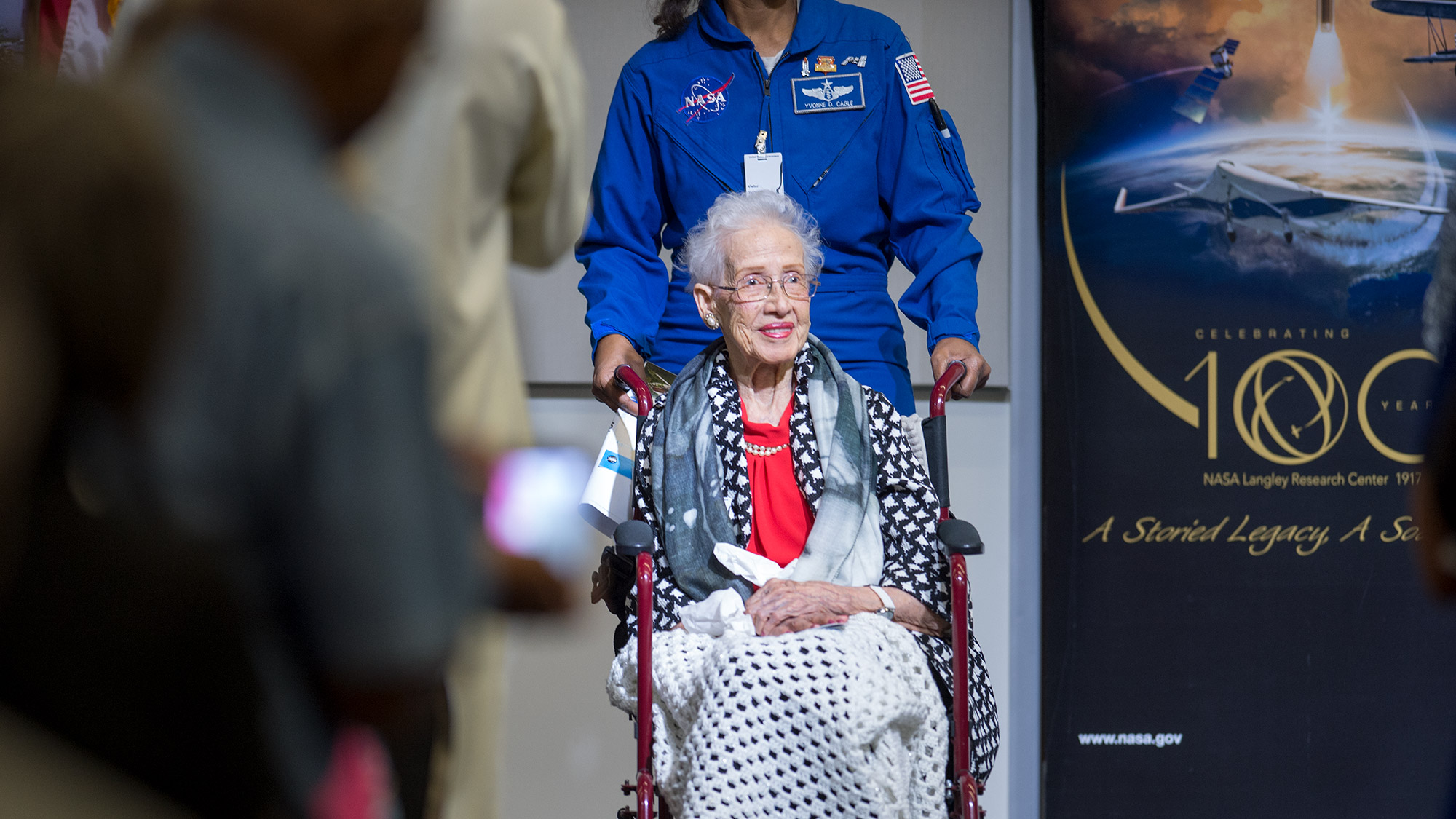
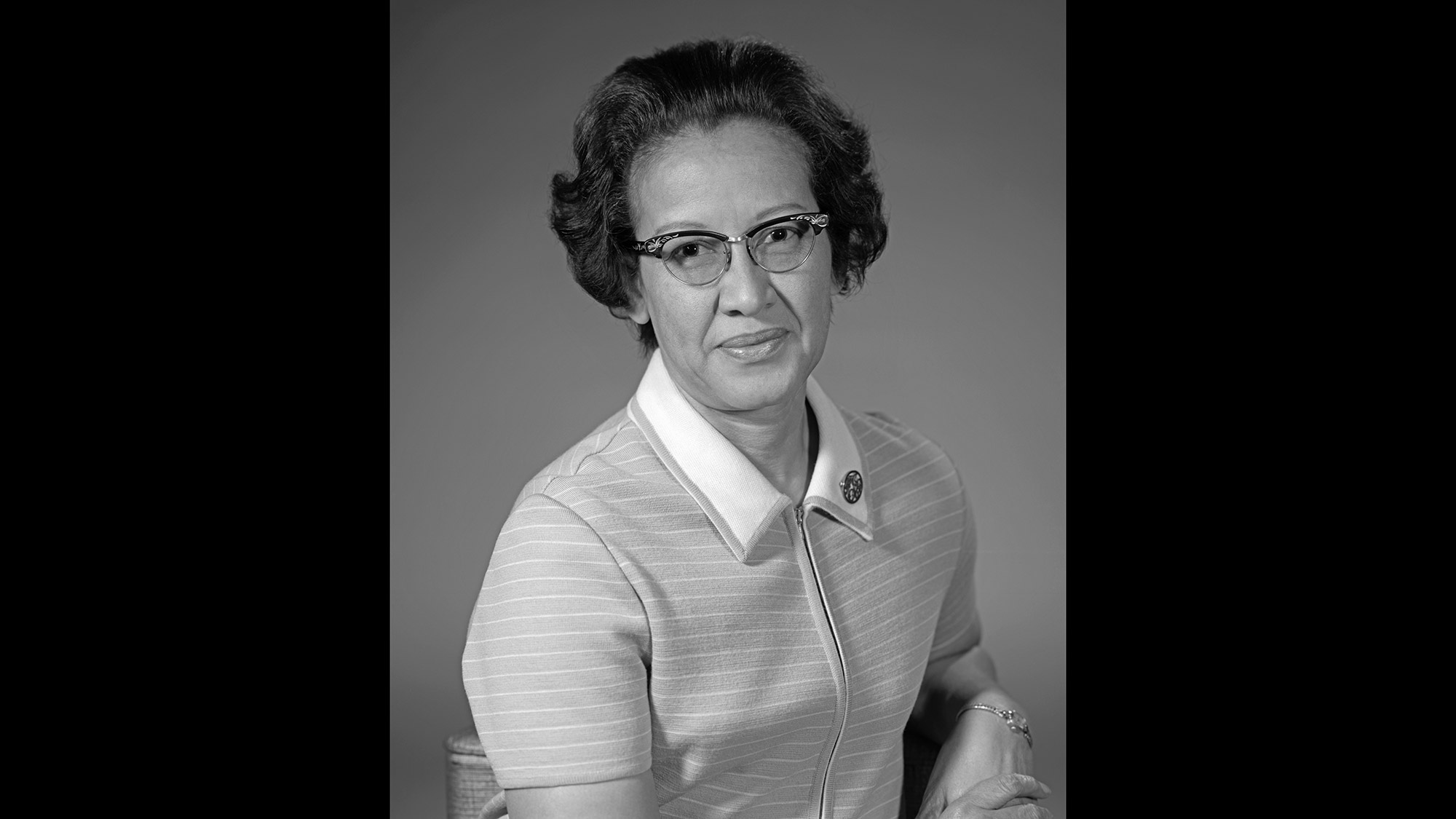
Katherine Johnson, in a 1971 photo.
"At NASA, we will never forget her courage and leadership and the milestones we could not have reached without her," Bridenstine said. "We will continue building on her legacy."
When Johnson joined the National Advisory Committee for Aeronautics, her work focused on flight tests and plane crashes. When the agency shifted to focus on spaceflight, Johnson did too. Her calculations mapped the trajectory of Alan Shepard's historic 1961 flight, during which he became the first American to reach space. She also verified the trajectory for John Glenn's first orbital flight.
Johnson made similar trajectory calculations during the Apollo era. She also worked on emergency procedures, which were vital during the Apollo 13 mission of 1970, when an explosion on the main spacecraft required astronauts to use the lunar module as a lifeboat to return to Earth. Her math also supported the space shuttle and plans for Mars missions.
Get the Space.com Newsletter
Breaking space news, the latest updates on rocket launches, skywatching events and more!
Johnson and her colleagues became famous with the publication of "Hidden Figures" (William Morrow and Co., 2016) by Margot Lee Shetterly and the release of the blockbuster movie of the same name, which starred Taraji P. Henson, Janelle Monáe and Octavia Spencer as Johnson and her colleagues Mary Jackson and Dorothy Vaughan.
As both the book and the movie showed, Johnson and her colleagues had to withstand discrimination based on their gender and skin color alike. One poignant scene in the movie was inspired by Johnson's time working away from the West Area Computing section, with white colleagues, when she has to explain to her white, male supervisor where she keeps disappearing to — the only restrooms she was allowed to use, half a mile away.
The release of "Hidden Figures" made Johnson one of the most celebrated black women in space science and a hero for those calling for action against sexism and racism in science and engineering.
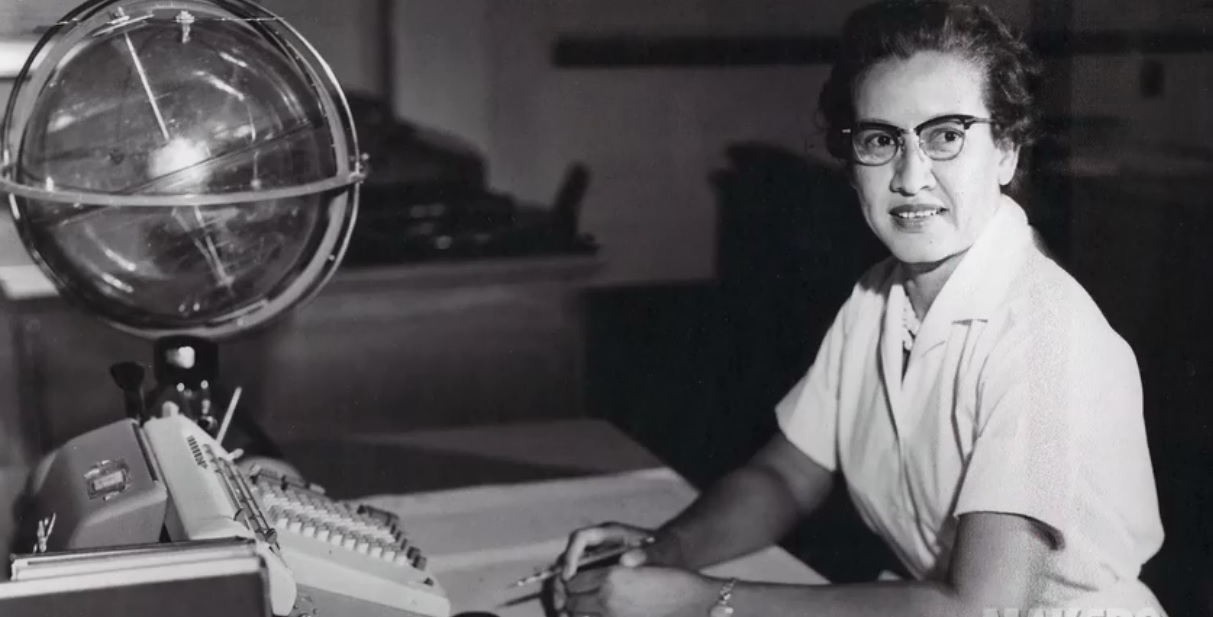
In 2015, Johnson received the Presidential Medal of Freedom, one of the most prestigious civilian awards in the U.S., from President Barack Obama. The NASA Langley facility at which Johnson worked renamed a building in her honor in 2016, and she received a standing ovation at the Oscars the next year, when "Hidden Figures" was nominated for best picture.
In 2019, Johnson told her own story for young readers in a book called "Reaching for the Moon" (Atheneum Books for Young Readers).
"Every time engineers would hand me their equations to evaluate, I would do more than what they'd asked. I'd try to think beyond their equations. To ensure that I'd get the answer right, I needed to understand the thinking behind their choices and decisions," she wrote.
"I didn't allow their side-eyes and annoyed looks to intimidate or stop me. I also would persist even if I thought I was being ignored. If I encountered something I didn't understand, I'd just ask. … I just ignored the social customs that told me to stay in my place."
- Here's how Katherine Johnson got to the Oscars — with an astronaut's help
- NASA's real 'Hidden Figures'
- Women in space: A gallery of firsts
Email Meghan Bartels at mbartels@space.com or follow her @meghanbartels. Follow us on Twitter @Spacedotcom and on Facebook.
OFFER: Save at least 56% with our latest magazine deal!
All About Space magazine takes you on an awe-inspiring journey through our solar system and beyond, from the amazing technology and spacecraft that enables humanity to venture into orbit, to the complexities of space science.
Join our Space Forums to keep talking space on the latest missions, night sky and more! And if you have a news tip, correction or comment, let us know at: community@space.com.

Meghan is a senior writer at Space.com and has more than five years' experience as a science journalist based in New York City. She joined Space.com in July 2018, with previous writing published in outlets including Newsweek and Audubon. Meghan earned an MA in science journalism from New York University and a BA in classics from Georgetown University, and in her free time she enjoys reading and visiting museums. Follow her on Twitter at @meghanbartels.










